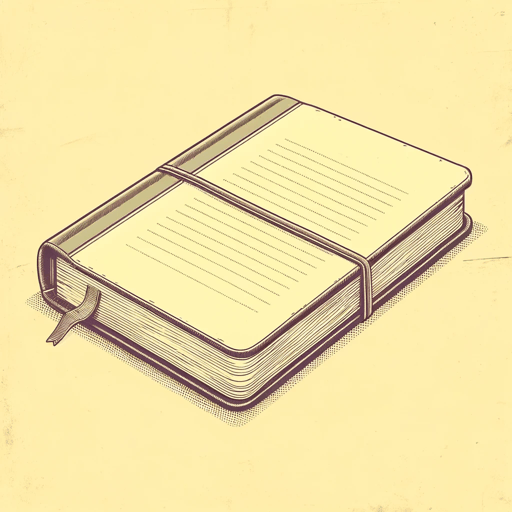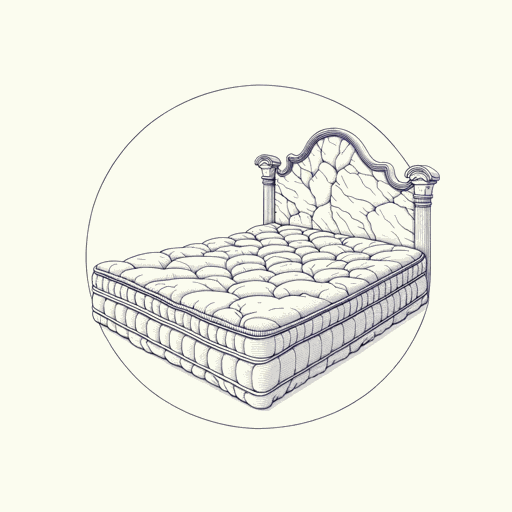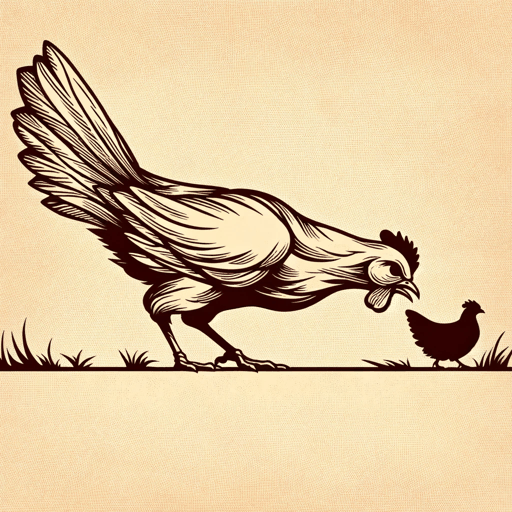16 pages • 32 minutes read
Margaret AtwoodThe Landlady
Fiction | Poem | Adult | Published in 1968A modern alternative to SparkNotes and CliffsNotes, SuperSummary offers high-quality Study Guides with detailed chapter summaries and analysis of major themes, characters, and more.
Literary Devices
Sound Devices
Throughout “The Landlady” Atwood uses hard consonants to create sounds that help the actions reverberate within the poem. Words like “bulge” (Line 10), “squabble” (Line 6), and “shouting” (Line 23) have forceful sounds that punch through the poem and create a feeling of power. This power is attributed to the landlady. Atwood also uses alliteration with the hard-consonant sounds to bring even more power to the words in phrases, such as “bicker of blood” and “days like doors” (Lines 8, 16). Furthermore, Atwood uses the S sound to create movement within the poem—“shouting” (Line 23), “slams” (Line 15), “stands” (Line 30). The S sound physically takes longer to make and elongates these actions.
Form and Meter
The poem is written in free verse, which is a poem that does not adhere to a specific structure, though Atwood does build a loose but deliberate structure for the poem with the number of lines in each stanza increasing in number then decreasing again and bookending the poem with single-line stanzas. The longer stanzas build a scene for the reader, each representing an aspect of torment the landlady is causing the speaker, while the shorter stanzas build tension.
Related Titles
By Margaret Atwood

Alias Grace
Margaret Atwood

Backdrop Addresses Cowboy
Margaret Atwood

Cat's Eye
Margaret Atwood

Death By Landscape
Margaret Atwood

Hag-Seed: William Shakespeare's The Tempest Retold
Margaret Atwood

Happy Endings
Margaret Atwood

Helen of Troy Does Countertop Dancing
Margaret Atwood

Lady Oracle
Margaret Atwood

Life Before Man
Margaret Atwood

MaddAddam
Margaret Atwood

Oryx and Crake
Margaret Atwood

Rape Fantasies
Margaret Atwood

Siren Song
Margaret Atwood

Stone Mattress
Margaret Atwood

Surfacing
Margaret Atwood

The Blind Assassin
Margaret Atwood

The Circle Game
Margaret Atwood

The Edible Woman
Margaret Atwood

The Handmaid's Tale
Margaret Atwood

The Heart Goes Last
Margaret Atwood

